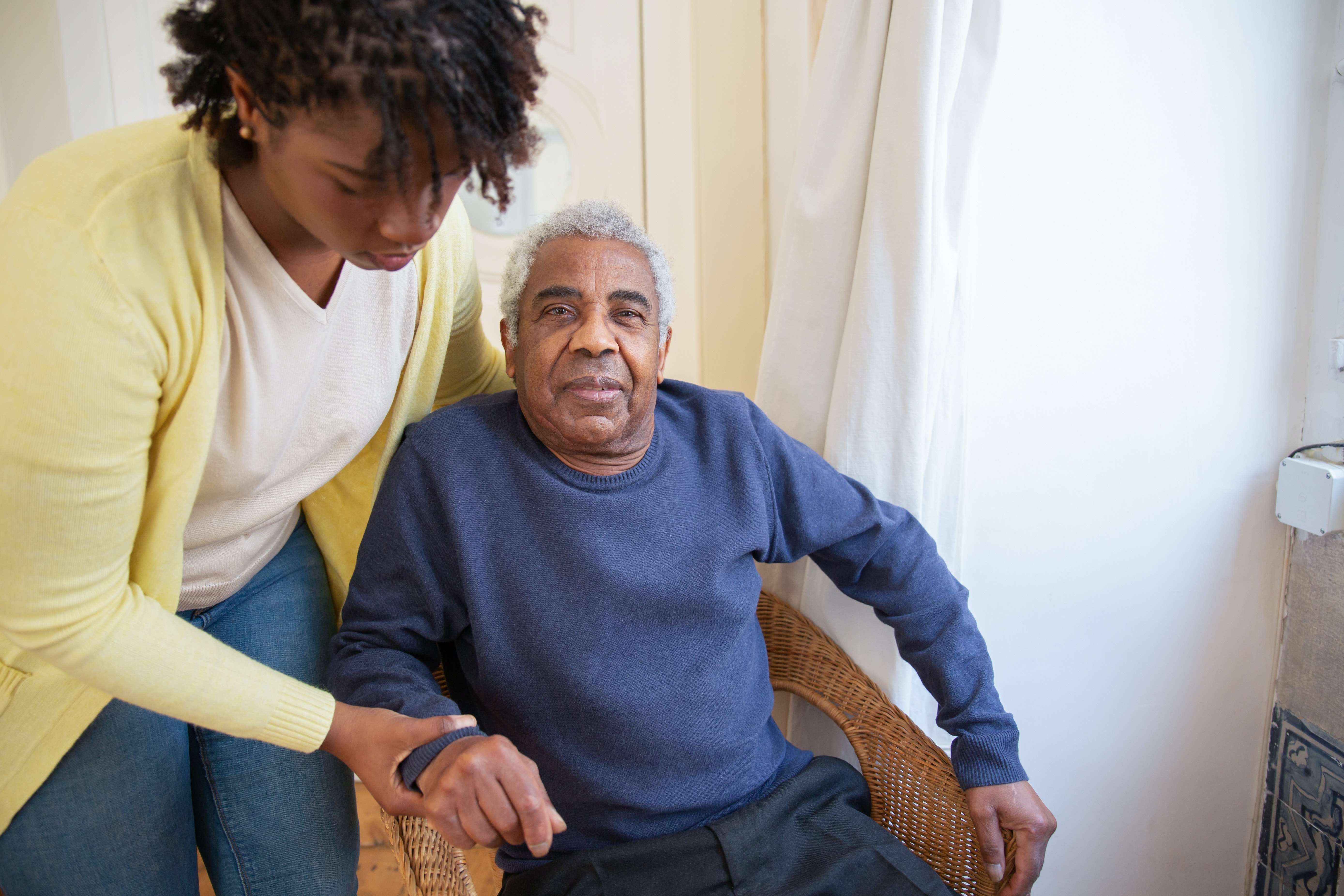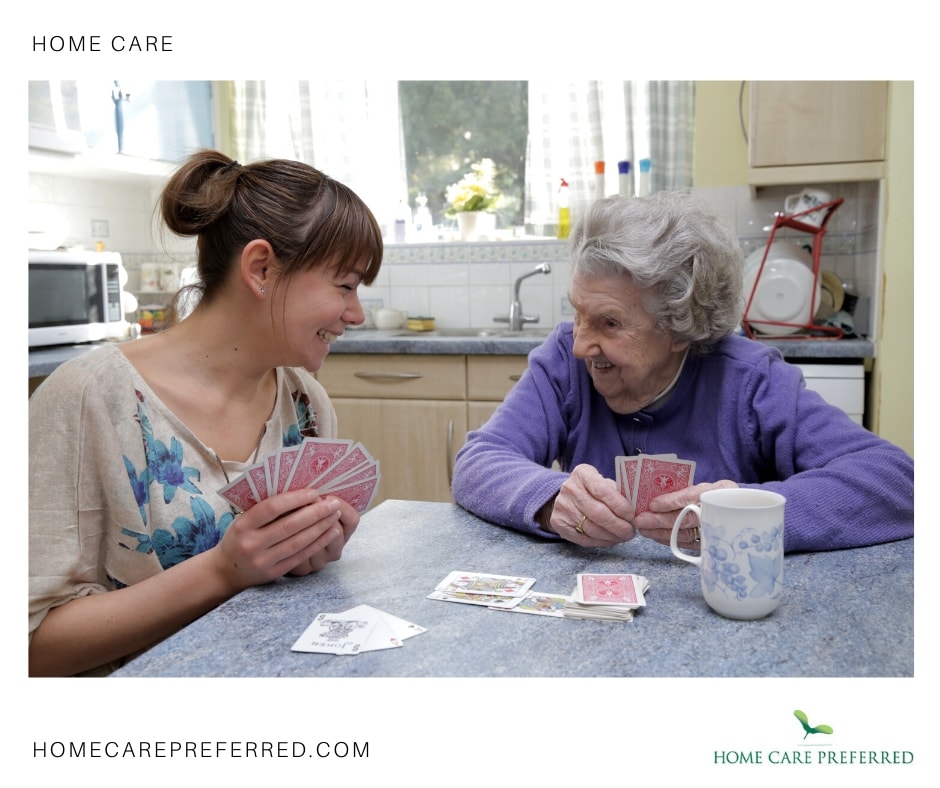
For many families, choosing a care option can be a tricky thing. This is especially the case since it’s a change for someone close to you, resulting from a serious event like a stroke, diagnosis of a medical condition such as dementia or a fall. This is a decision that should not be taken lightly. You will very likely already have a social worker or a health professional who’ll be able to advise you regarding home care, being able to support you in this moment of need. They may, however, limit the options they will guide you towards, frequently recommending hourly home care or home care. There are a lot of families who accept that advice without going deeper into your available options. There are many options and a variety you can choose from. In some cases, you may take care of your loved one yourself, but that’s hardly practical in the long run, especially if you’re also trying to juggle a career alongside taking care of them.
What Different Types of Care are Available?
Though care homes have always been one of the most commonly used options, there are many other ways you can approach the situation, considering your loved ones and their needs. Different options may work for different situations, so keep in mind there are no wrong decisions here.
Nursing Homes
Advantages:
- Nurses on hand to support more difficult care needs
- Accommodation, meals and activities are all arranged, so little planning is necessary
- Often a real sense of community helped by staff and residents
- Funding is more readily available if nursing care is necessary
Disadvantages:
- Life can be disciplined, which may impact mental health
- Less control over personal possessions, daily meals and activities
- Away from family and community, limited independence
- One of the most expensive options without funding
Care Homes
Advantages:
- Care homes provide a great sense of security and safety
- Group activities, meals and accommodations are all planned ahead
- Depending on the home, there may be a real community
- Help with administering medication is often readily available
Disadvantages:
- Less choice whenever you’re choosing a care home if you’re receiving financial help
- The unfamiliar setting, lacking the comforts of home or its community
- Lack of independence which may negatively impact mental health
- Less control over personal possessions, daily meals and activities
Assisted Living
Advantages:
- It offers a sense of community, with some of the benefits of your own home
- Sometimes offer organised social activities to foster a sense of community
- Support available around the clock
- It still allows some sense of independence with self-contained housing
Disadvantages:
- It May not be suitable for people with complex conditions
- Not always available from your local council in all areas
- Moving to a new home may be difficult
- Often expensive, a dedicated supporting carer is necessary
Home Care
Advantages:
- The care receiver gets to remain in their own home
- Help with medication may be available
- Easier assistance with personal care
- Frees up time for family members
Disadvantages:
- It may not always be the same carer
- The carer’s time is limited as they have to visit others
- Care is not available around the clock
- Support may not be available when it’s most needed
Live-in Care
Advantages:
- Allows people to remain in their own homes and retain independence
- Personalisation of activities, socialisation, routines and meals
- Around-the-clock support – allowing for complex care needs
- Various funding options
Disadvantages:
- It is often thought that live-in care is expensive
- Carer needs should be considered, as it is not suitable for nursing care
- Involves a stranger living at home
- Home adaptations may be necessary, depending on mobility

 Log in with Facebook
Log in with Facebook 









